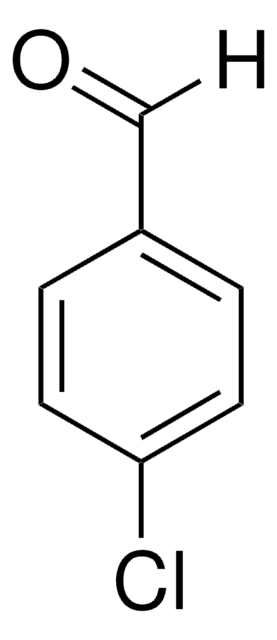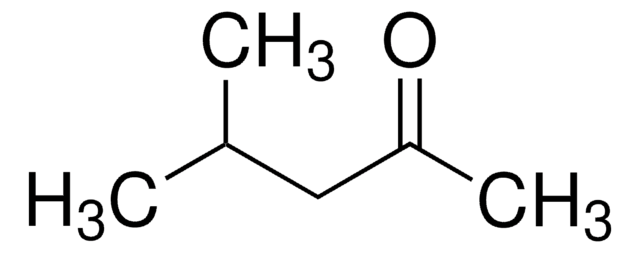모든 사진(1)
About This Item
Linear Formula:
CH3CH2COCH2CH3
CAS Number:
Molecular Weight:
86.13
Beilstein:
635749
EC Number:
유럽평의회 번호:
2350
MDL number:
UNSPSC 코드:
12164502
PubChem Substance ID:
플래비스(Flavis) 번호:
7.084
NACRES:
NA.21
감각 수용성의:
ethereal
생물학적 소스:
synthetic
식품 알레르기항원:
no known allergens
추천 제품
생물학적 소스
synthetic
Quality Level
vapor density
3 (vs air)
vapor pressure
20 mmHg ( 28 °C)
28.1 mmHg ( 20 °C)
분석
≥99%
양식
liquid
autoignition temp.
845 °F
refractive index
n20/D 1.392 (lit.)
pH
6.2 (20 °C, 50 g/L)
bp
101.5 °C (lit.)
mp
−42 °C (lit.)
density
0.813 g/mL at 25 °C (lit.)
응용 분야
flavors and fragrances
문건
see Safety & Documentation for available documents
식품 알레르기항원
no known allergens
감각 수용성의
ethereal
SMILES string
CCC(=O)CC
InChI
1S/C5H10O/c1-3-5(6)4-2/h3-4H2,1-2H3
InChI key
FDPIMTJIUBPUKL-UHFFFAOYSA-N
유사한 제품을 찾으십니까? 방문 제품 비교 안내
일반 설명
3-Pentanone is a volatile alcohol that is reported to occur in amaranthus, guava, and roasted coffee.
면책조항
For R&D or non-EU Food use. Not for retail sale.
신호어
Danger
유해 및 위험 성명서
Hazard Classifications
Eye Irrit. 2 - Flam. Liq. 2 - STOT SE 3
표적 기관
Central nervous system, Respiratory system
보충제 위험성
Storage Class Code
3 - Flammable liquids
WGK
WGK 1
Flash Point (°F)
44.6 °F
Flash Point (°C)
7 °C
개인 보호 장비
Eyeshields, Faceshields, Gloves, type ABEK (EN14387) respirator filter
이미 열람한 고객
The volatile constituents of roasted coffee.
Johnston WR & Frey CN
Journal of the American Chemical Society, 60(7), 1624-1627 (1938)
Volatile constituents of guava fruits (Psidium guajava L.) and canned puree.
Nishimura O, et al.
Journal of Agricultural and Food Chemistry, 37(1), 139-142 (1989)
Identification of volatile allelochemicals fromAmaranthus palmeri S. Wats.
Connick WJ, et al.
Journal of Chemical Ecology, 13(3), 463-472 (1987)
Filomena Costa et al.
Biodegradation, 23(1), 81-92 (2011-06-18)
The performance of an Arthrobacter viscosus culture to remove diethylketone from aqueous solutions was evaluated. The effect of initial concentration of diethylketone on the growth of the bacteria was evaluated for the range of concentration between 0 and 4.8 g/l, aiming
Cristina Quintelas et al.
Journal of hazardous materials, 186(2-3), 1241-1248 (2010-12-24)
The ability of four different clays to adsorb diethylketone was investigated in batch experiments aiming to treat wastewater with low solvent concentrations. The adsorption performance in terms of uptake followed the sequence: vermiculite>sepiolite=kaolinite=bentonite, for all the adsorbent doses tested (from
자사의 과학자팀은 생명 과학, 재료 과학, 화학 합성, 크로마토그래피, 분석 및 기타 많은 영역을 포함한 모든 과학 분야에 경험이 있습니다..
고객지원팀으로 연락바랍니다.












